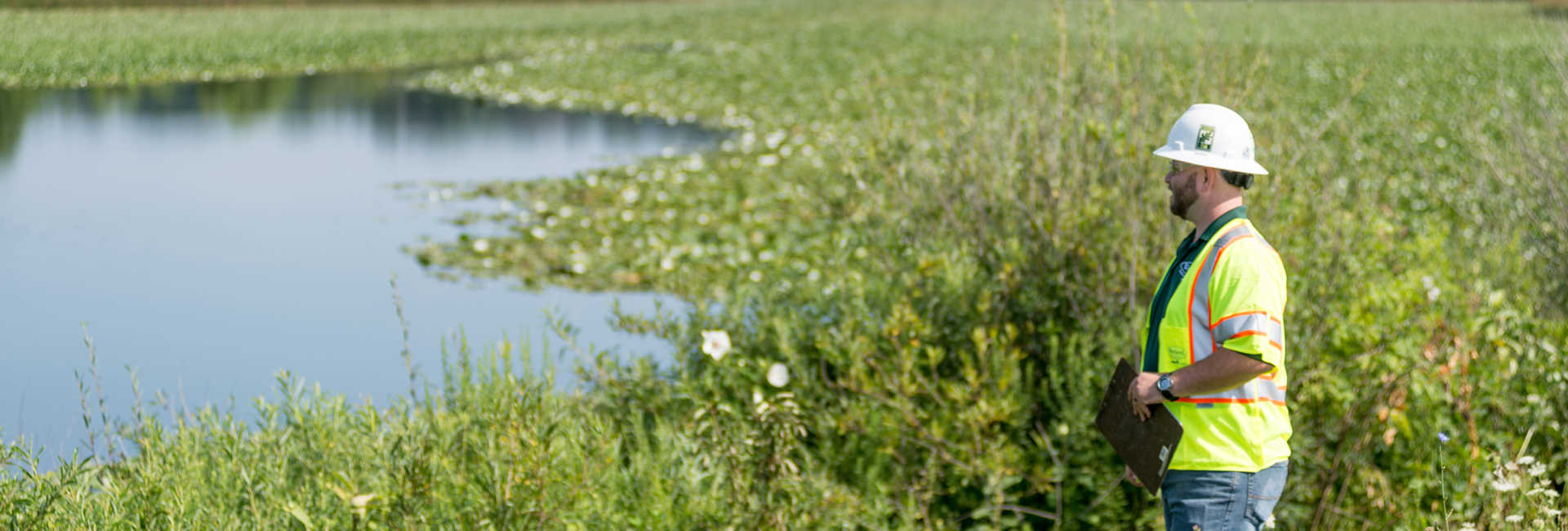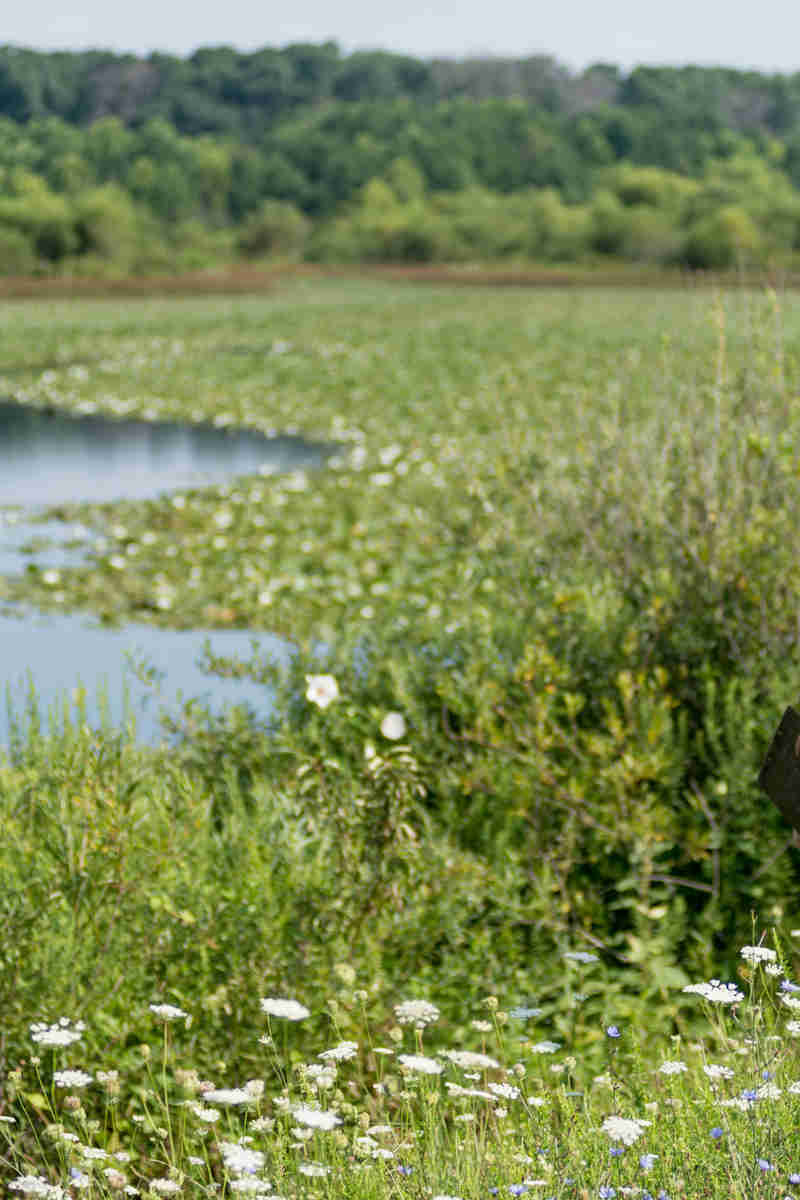Disclaimer: The views and opinions expressed in this article are those of the author and do not necessarily reflect the views or opinions of Davey.

Our health is determined by far more than our DNA. Our environment, exposures, and experiences impact wellness on a daily basis as well. The neighborhood we live in, whether there is threat of violence in our immediate sphere, whether there is availability of healthy foods, clean air, clean water, economic impacts, stress of racism and ableism, educational attainment, or employment opportunities, and many more factors make up the web of social determinants of health (SDH). These social determinants have largely focused on economic factors in the past but are expanding to include other social areas of health effects, including availability of green space.
Why do we care about SDH? The effect of SDH on an individual’s health status is profound. One intuitive example of this relationship is food deserts, meaning lack of access to healthy foods in a community. Another might be policy decisions that compromise air or water quality in certain neighborhoods. So many factors are wrapped into SDH, and all should be addressed holistically. However, we need to also consider access to safe experiences in nature spaces when speaking of SDH. Treed green space has been shown to reduce violent crime in communities, improve self-reported mental health scores, lower high blood pressure, encourage exercise, improve childhood learning and college readiness, improve cognition in the elderly, and improve social connections. Living near treed space improves risk of preterm birth, and nature walks are effective in ADHD symptom control in children. A 2015 study found that “having 11 more trees in a city block, on average, decreases cardio-metabolic conditions in ways comparable to an increase in annual personal income of $20,000.” Another showed forest and shrub covered areas were linked to significantly lower rates of Medicare spending, even when controlling for other variables.
We know trees and green space have largely positive effects on health. However, not all communities have equitable access to nature or feel safe recreating in those spaces when they are available. Simply walking in certain communities may be an unsafe endeavor due to racism, or perhaps the space is not designed for those with mobility or vision difficulties. People may need transportation other than walking in order to access nature spaces. Tree-lined streets are more likely to be found in communities of higher socioeconomic status and in communities where the population is mainly white. Racist policies have led to generational decline in access to green space in Black and Latinx communities.
When we wish to improve social determinants of health with an eye toward nature exposure, there are many things to consider. First, which communities might benefit from increased availability to nature? Which groups (like people with asthma) might need consideration for the types of plantings that could occur? Do the members of these communities desire or see value in that intervention? Who are the leaders in that community? What interventions will be utilized? Is there a need/opportunity to increase food access through nature-based interventions as well? How can access be ensured for all community members, including those with limited mobility or other functional differences? How will the threat of gentrification be addressed? Who are the stakeholders in the community that can be engaged in change-making? Local health systems are excellent in this regard.
In an article, Dr. Eugenia South writes “During the past two years, health systems have invested $2.5 billion into SDH interventions, involving housing access, education, food insecurity, and employment.” Embracing interventions to improve the health of their community is often included in health system mission statements, and population-based improvements like increased nature access even decrease medical costs. Those responsible for working for and with municipalities might engage the local medical systems when considering how tree planting or green space planning might better serve the health of the local community. Urban Forest Master Plans for cities might include a health equity layer, prioritizing tree plantings in areas where data suggests there may be health benefits for the local residents, or better access to these spaces. There is ample space for the tree care industry and municipal employees to reimagine communities through the lens of SDH and be in a position to make positive changes.
“These disparities are particularly concerning because nature is not an amenity but a necessity for everyone’s health and well-being.”— The Nature Gap, Center for American Progress.
The time has come for us to consider how we can create equity in nature access and experience, not as a feel-good ideal, but as a significant community health intervention. Green space access is a preventable inequity, and there are actionable, research-backed steps we can all take to improve individual and community health.

Dr. Jennifer Wisdom-Behounek, M.D., is board certified in Family Medicine, with 10 years’ clinical experience. She has a particular interest in how lifestyle and nature affect health.



